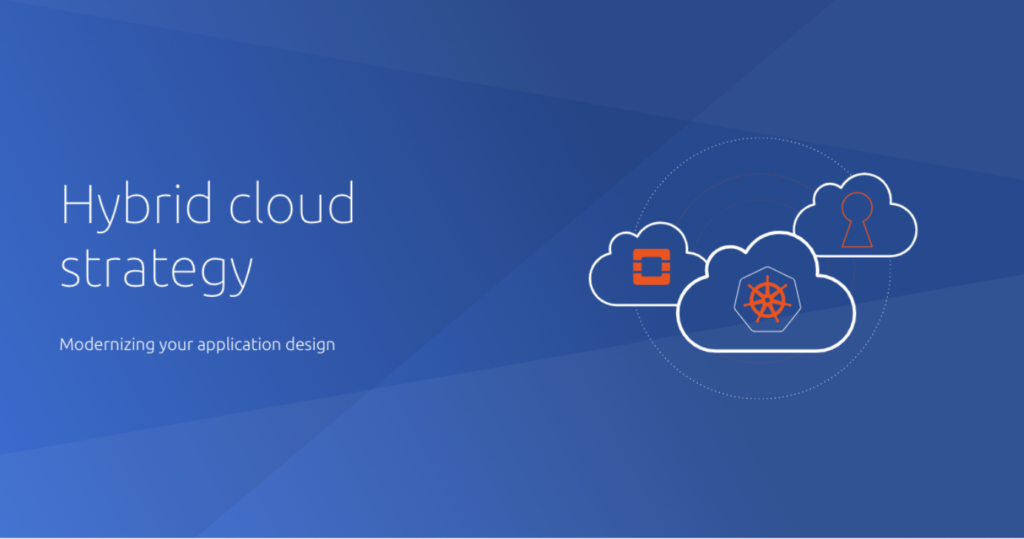Public clouds enabled digital transformation at unprecedented speed. But their
operational costs over time can be exacting as compute needs increase. Hybrid
clouds emerged as an alternative to gain the benefits of both worlds: private
infrastructure that allows for lower operational expenditures and tighter control,
and public clouds that can scale with ease.
Organisations looking to adopt a hybrid cloud architecture should carefully consider their options for private cloud vendors, as well as their implications for application design and development, workload orchestration and long-term maintenance.
The journey to hybrid clouds
In the past, organisations used to maintain dedicated servers for individual
services and operate infrastructure in conjunction with applications. These
monolithic applications were relatively straightforward to develop at the outset
but resulted in inefficient long-term resource…

